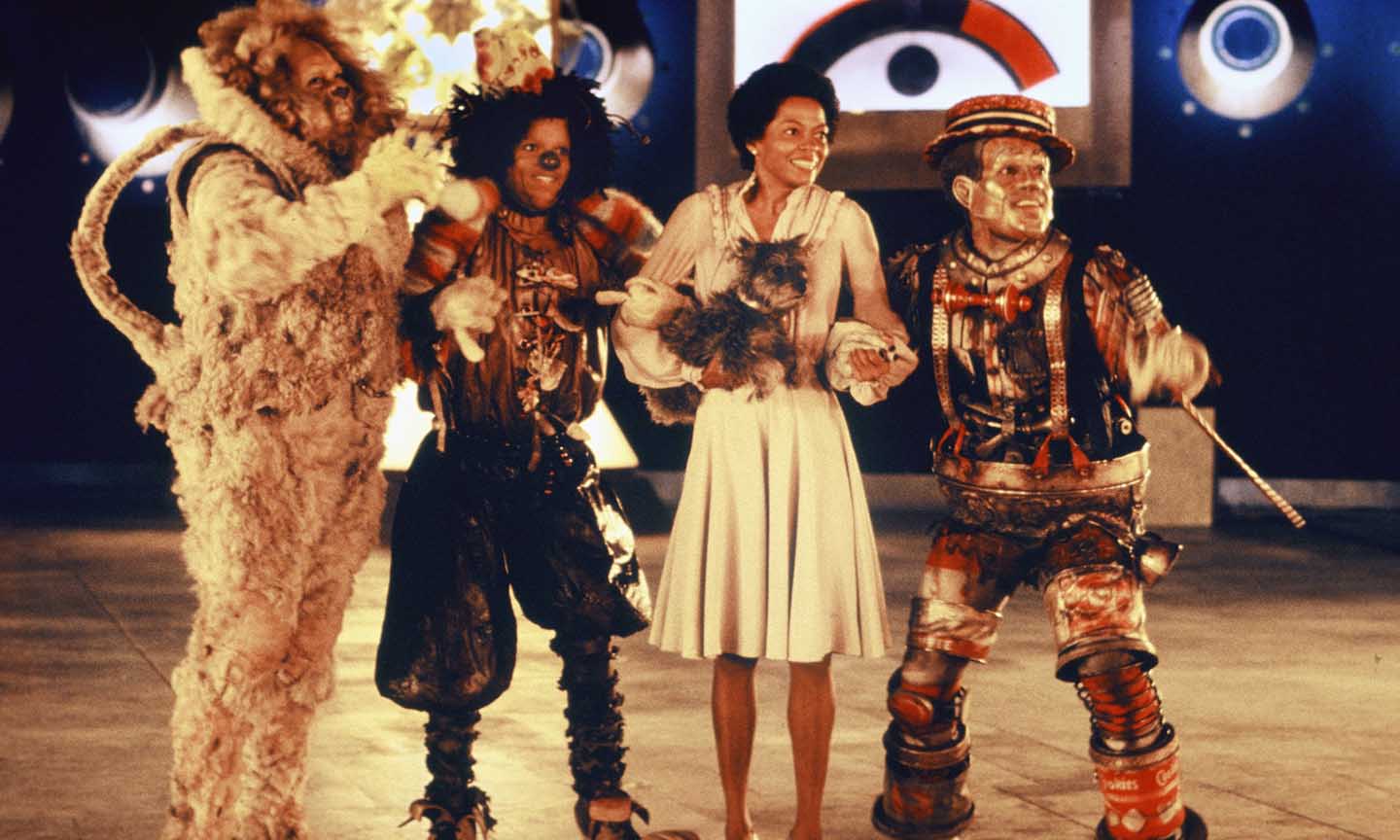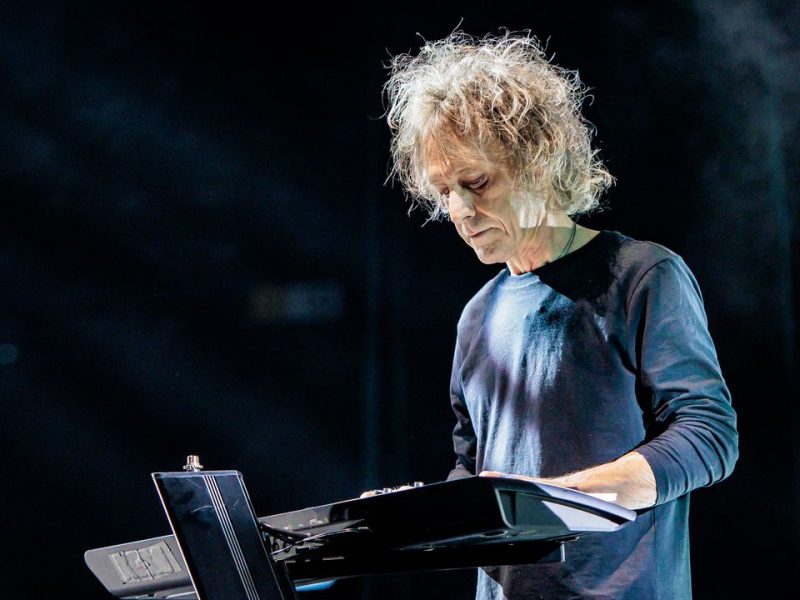Berry Gordy Jr. was blessed with an entrepreneurial spirit long before founding Motown Records in 1959. But once the Detroit label started spinning hits at an unbelievable pace, Gordy soon made his next dream known: he wanted to work in Hollywood, the film and TV capital of the world. Motown’s affair with the silver screen started almost as soon as the label became one of the most formidable of the ‘60s – and, like the hit songs themselves, the journey mirrors how hard Black America worked to gain credit for moving the needle on popular culture.
Castles in the Sand
Motown’s first West Coast dalliance happened in 1963, when the label opened its Los Angeles offices. Within a year, Gordy positioned Motown’s biggest acts to appear in a series of low-budget, high-profit “beach party” films, where squeaky-clean stars got into hijinks by the sea and pop acts popped by to play a song or two. “Little” Stevie Wonder appeared in Muscle Beach Party and Bikini Beach alongside Frankie Avalon and Annette Funicello, and The Supremes did two similar pictures in 1965: Beach Ball and Dr. Goldfoot and the Bikini Machine (starring Vincent Price as the titular scientist).
The real gems of Motown’s early Hollywood days were elsewhere. In 1964, The Miracles, Marvin Gaye and The Supremes appeared in another film by American International Pictures, the biggest distributor of beach party flicks: The T.A.M.I. Show, a concert revue spotlighting the biggest rock and R&B acts of the time, including The Beach Boys, James Brown, and The Rolling Stones. That same year, Motown released their first soundtrack LP for the well-regarded drama Nothing But a Man, starring Ivan Dixon and Abbey Lincoln. The album served as a sampler of Motown’s recent successes, with hits by Wonder (“Fingertips (Pt. 2)”), Mary Wells (“You Beat Me to the Punch”) and The Miracles (“Mickey’s Monkey”).
Do You Know Where You’re Going To?
Gordy clearly wanted more than beach blanket antics: by the end of the ‘60s, he’d bought a house in L.A. and was looking to become more than a music mogul. “Berry is looking for new worlds to conquer,” Motown general manager Barney Ales told Jet in 1970, “and the movie and TV industry just happen to be located on the West Coast.” By 1972, Motown completed its move from Detroit – a decision that displaced some of the great former acts of the label – and set to work on expanding the imprint.
Ultimately, Motown’s biggest female star contributed to their greatest film productions. Diana Ross earned an Oscar nomination and a chart-topping album for her portrayal of Billie Holiday in 1972’s Lady Sings the Blues; she stunned as an aspiring dressmaker-turned-model in 1975’s Mahogany (directed by Gordy himself and featuring a chart-topping theme); and she eased on down the road as Dorothy in Motown’s big-budget adaptation of Broadway hit The Wiz alongside Michael Jackson, Lena Horne and Richard Pryor.
The label also made waves getting their artists and songs in other films. Michael Jackson’s “Ben,” a tender 1972 chart-topper from a horror film about a rat, became the first Motown single to earn an Oscar nomination. And in the wake of Isaac Hayes’ landmark score for Shaft, Motown rode a wave of Blaxploitation soundtracks from Marvin Gaye (Trouble Man), Willie Hutch (The Mack, Foxy Brown) and Edwin Starr (Hell Up in Harlem).
Like No Three Words Could Ever Do
Soundtracks became big business after Saturday Night Fever, and more of Motown’s acts struck gold with songs in films. Billy Preston and Syreeta scored the Top 5 hit “With You I’m Born Again” from the 1979 film Fast Break, and Lionel Richie recorded his first work outside the Commodores, writing and duetting with Diana Ross on the chart-topping theme to the Brooke Shields romance Endless Love (1981). Motown’s Hollywood hot streak peaked with back-to-back Best Original Song Oscars for No. 1 hits by Stevie Wonder (1984’s “I Just Called to Say I Love You,” from The Woman in Red) and Lionel Richie (“Say You, Say Me,” from 1985’s White Nights).
Motown’s biggest soundtrack sensation had nothing to do with new music, however. 1983’s The Big Chill was a coming-of-age drama about reunited college friends from the ‘60s. Like many from their generation, they found solace in the music of Motown, and classic cuts from Marvin Gaye, The Temptations and The Miracles featured on the original soundtrack album. That LP sold more than six million copies over the next 15 years, and a sequel album (a nearly unprecedented concept at the time) featured even more Motown hits.
Berry Gordy produced just one more movie: 1985’s The Last Dragon, a karate film set in Harlem. While the soundtrack and film remain cult favorites (including tunes by Stevie Wonder and the film’s star Vanity), the biggest hit was DeBarge’s “Rhythm of the Night,” helping the family act cross over into the pop charts and setting the stage for another soundtrack hit by frontman El DeBarge: “Who’s Johnny,” from the 1986 film Short Circuit.
By the end of the ‘80s, Gordy stepped away from the legendary label he founded. But Motown’s commitment to the sound of young America on film never wavered: they released the soundtracks to Spike Lee’s Do the Right Thing (featuring Public Enemy’s “Fight the Power”) and Jungle Fever (composed by Stevie Wonder), and Boyz II Men’s “End of the Road,” a contribution to the Eddie Murphy film Boomerang (1992), set a record for staying on top of the Billboard Hot 100 for 13 weeks straight.
With a new century came a new perspective on Motown’s film impact: instead of crafting stories to tell, Gordy and his artists’ achievements became the story thanks to documentaries like Standing in the Shadows of Motown (2002) and Hitsville: The Making of Motown (2019). To paraphrase one of the label’s biggest soundtrack songs, they said it for always – that’s the way it should be.



